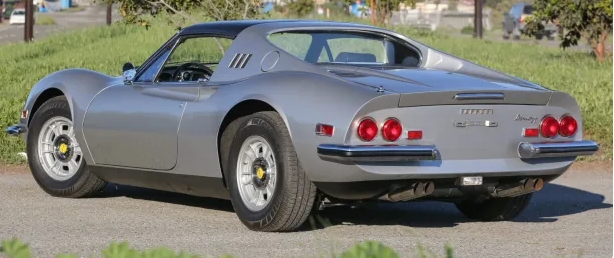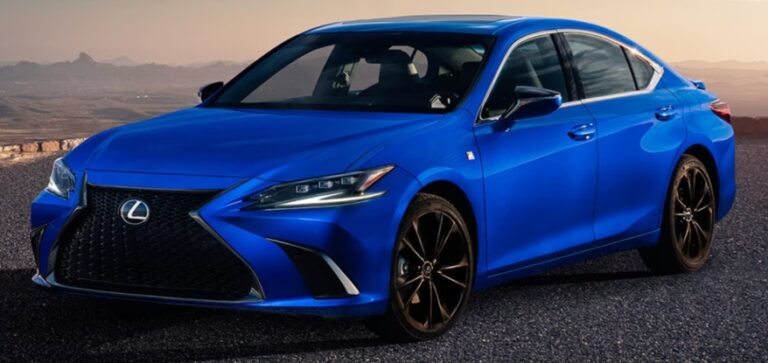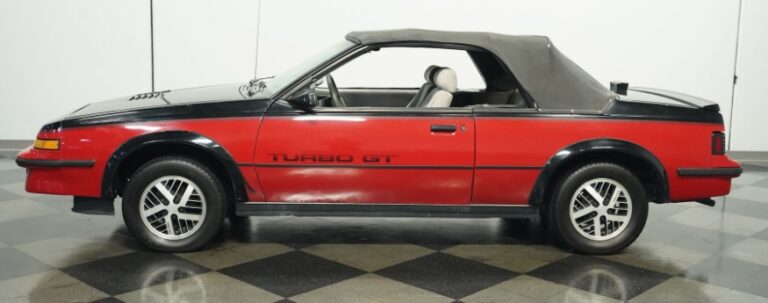The Evolution of the Ferrari Dino
Ferrari’s legacy as a manufacturer of high-performance, innovative sports cars is well established, but one of the most intriguing chapters in its history is the development of the Ferrari Dino. Named after Enzo Ferrari’s son, Alfredo “Dino” Ferrari, the Dino marque represents a period of technical innovation and stylistic evolution within Ferrari’s portfolio. Though the Dino name was eventually phased out, its cars remain iconic symbols of mid-20th-century automotive engineering.
This article traces the evolution of the Ferrari Dino, detailing its production years, models, and trim levels, providing an in-depth look at its development from inception to legacy.
Origins and Concept (Late 1950s – Early 1960s)
The story of the Ferrari Dino begins in the late 1950s when Enzo Ferrari sought to create a more affordable, entry-level Ferrari for racing and road use. The project was named after Enzo’s son, Alfredo “Dino” Ferrari, who had been working on a V6 engine design before his untimely death in 1956.
The key motivation was to develop a smaller, more efficient engine to compete in Formula 2 and later in the emerging Formula 1 scene. Ferrari’s engineers, including Aurelio Lampredi and later Vittorio Jano, began work on a new V6 engine design that would become the hallmark of the Dino brand.
In 1958, Ferrari announced the Dino project, initially focusing on racing cars powered by a 1.5-liter V6 engine. This engine was designed to be compact and lightweight, offering a new level of agility and performance for racing applications.
The Ferrari Dino 206: The Beginning (1967-1969)
Introduction and Production Years
The first car bearing the Dino name was the Ferrari Dino 206 GT, produced from 1967 to 1969. It was Ferrari’s first production model to feature a mid-mounted engine and was designed as an entry-level, more affordable Ferrari.
Models and Trim Levels
- Ferrari Dino 206 GT: The only trim level for this model, it was available as a coupe with a fixed roof.
Technical Specifications
- Engine: 2.0-liter V6 (65° V6)
- Power: Approximately 180 horsepower
- Transmission: 5-speed manual
- Performance: 0-60 mph in about 6.7 seconds, top speed around 146 mph
Design and Features
Designed by Pininfarina, the Dino 206 GT was celebrated for its sleek, minimalist styling, featuring a long hood, short rear deck, and distinctive pop-up headlights. Its lightweight construction and balanced chassis made it a favorite among enthusiasts and collectors.
Significance
The Dino 206 GT marked Ferrari’s entry into the small, affordable sports car segment, bridging the gap between racing engineering and road car design. While initially marketed as a Ferrari, the cars bore the Dino badge, a decision made to separate the model from the Ferrari brand due to marketing and branding strategies.
The Dino 246: The Evolution Continues (1972-1974)
Transition and Production
Building upon the success of the 206 GT, Ferrari introduced the Dino 246 GT and GTS models in 1972, produced until 1974. The 246 was larger and more powerful, representing a significant evolution in the Dino lineup.
Models and Trim Levels
- Ferrari Dino 246 GT: Fixed-roof coupe
- Ferrari Dino 246 GTS: Convertible with a retractable soft-top
Technical Specifications
- Engine: 2.4-liter V6 (90° V6)
- Power: Approximately 195 horsepower
- Transmission: 5-speed manual
- Performance: 0-60 mph in approximately 6.3 seconds; top speed around 149 mph
Design and Features
The 246 featured a more refined and larger body, with Pininfarina styling that emphasized elegance and sportiness. It retained the mid-engine layout, with improvements in aerodynamics and interior comfort.
Notable Variants and Trim Levels
While primarily offered as standard GT and GTS models, some 246s were customized or modified by third-party tuners, but these are not officially recognized as trim levels.
Legacy
The Dino 246 is widely regarded as one of the most beautiful Ferrari-designed cars of its era. It marked the transition of the Dino from a niche model to a more widely appreciated classic, appreciated for its performance and styling.
The Ferrari Dino 308 GT4: The Final Chapter (1973-1980)
Introduction and Production Details
Ferrari expanded the Dino lineup with the 308 GT4, produced from 1973 to 1980. This model was the first Ferrari to feature a V8 engine, marking a departure from the V6 lineage established by the earlier Dino models.
Models and Trim Levels
- Ferrari Dino 308 GT4: The base model, available as a coupe
- Ferrari Dino 308 GT4 Quattrovalvole: An upgraded version with four valves per cylinder, produced briefly in 1980
Technical Specifications
- Engine: 3.0-liter V8 (90° V8)
- Power: Around 255 horsepower in the Quattrovalvole version
- Transmission: 5-speed manual
- Performance: 0-60 mph in about 5.5 seconds; top speed near 162 mph
Design and Features
Designed by Bertone’s Marcello Gandini, the Dino 308 GT4 featured a distinctive wedge-shaped profile, with angular lines that set it apart from earlier models. The interior was more spacious, accommodating four seats.
Trim Levels and Variants
- Standard 308 GT4: The base model with a 2-valve V8
- 308 GT4 Quattrovalvole: The high-performance variant with four valves per cylinder, introduced in 1980 but based on earlier chassis and engine configurations
Significance
The 308 GT4 was a pivotal model, representing Ferrari’s move into V8 territory, which would dominate its lineup for decades to come. While not bearing the Dino badge in official Ferrari nomenclature, it is often associated with the Dino lineage due to its mid-engine layout and shared heritage.
.
THIS might be a great place to get your new car from!
Or for those who are into the “car flipping” business, here’s an excellent resource for you!

.
Post-Dino Era and Legacy
Although the Dino nameplate was discontinued after the early 1980s, the cars it produced remain highly valued among collectors and enthusiasts. The 206 and 246 models are celebrated for their purity, beauty, and the pioneering spirit they embodied. The 308 GT4, while technically a Ferrari, is often linked to the Dino lineage because of its mid-engine V8 and design philosophy.
In 2018, Ferrari revived the Dino name with the Ferrari Monza SP2 and SP1 models, paying homage to the original Dino’s design ethos—though these are limited-edition models with a different focus.
Summary Table of Ferrari Dino Models
| Model | Years Produced | Engine | Power (HP) | Body Style | Notable Features |
|---|---|---|---|---|---|
| Dino 206 GT | 1967–1969 | 2.0L V6 | ~180 | Coupe | First Dino, minimalist styling |
| Dino 246 GT | 1972–1974 | 2.4L V6 | ~195 | Coupe | Larger, refined design |
| Dino 246 GTS | 1972–1974 | 2.4L V6 | ~195 | Convertible | Soft-top version |
| Dino 308 GT4 | 1973–1980 | 3.0L V8 | 255 (Quattrovalvole) | Coupe | First V8 Dino, wedge shape |
| 308 GT4 Quattrovalvole | 1980 | 3.0L V8, 4 valves per cylinder | 255 | Coupe | High-performance version |
Conclusion
The Ferrari Dino exemplifies innovation, style, and engineering excellence. From its inception as a small, agile sports car powered by a groundbreaking V6 engine to its evolution into the V8-powered 308 GT4, the Dino lineage reflects Ferrari’s commitment to pushing automotive boundaries. Although the Dino nameplate was discontinued, its influence persists, inspiring future generations of Ferrari cars and remaining a cherished chapter in automotive history.







